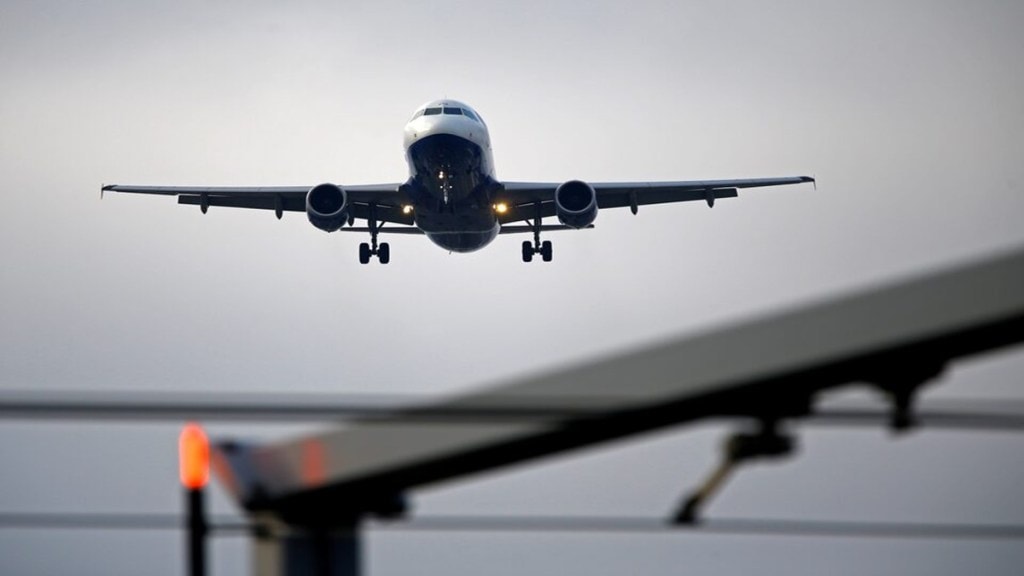India-Pakistan conflict: Pakistan has suffered losses amounting to $14.39 million (Rs 4.1 billion) in just over two months after closing its airspace to Indian aircraft, according to figures shared in the National Assembly on Friday. Citing the Ministry of Defence, the Pakistani newspaper Dawn reported that the shortfall occurred between April 24 and June 30, 2025, following the withdrawal of overflight permission for Indian planes and those operated, owned, or leased by Indian carriers.
The decision to close airspace came a day after India’s unilateral suspension of the Indus Waters Treaty on 23 April. Pakistan’s move, in response, affected 100 to 150 Indian aircraft daily, reducing transit traffic through its skies by almost 20 per cent.
Pakistan’s overflight revenue hit
The reported Rs 4.1 billion revenue shortfall is significantly lower than the Rs 8.5 billion figure initially circulated. Officials clarified that the losses refer specifically to overflying revenue, not the Pakistan Airports Authority’s (PAA) overall finances.
The Ministry noted that overflight and aeronautical charges have remained unchanged throughout, avoiding any need for tariff increases or government bailouts. Despite the revenue dip, the PAA’s average daily overflight income has risen over the years from $508,000 in 2019 to $760,000 in 2025. This shows stronger traffic volumes before the closure.
What did the Pak Defence Ministry tell Parliament?
The Ministry of Defence told parliament that decisions on airspace restrictions fall under the federal government’s jurisdiction and are issued via Notices to Airmen (NOTAMs). “While financial losses occur, sovereignty and national defence take precedence over economic considerations,” the statement read, as quoted by Dawn. The ministry reiterated that protecting Pakistan’s airspace from perceived threats outweighed the loss of revenue.
Echoes of 2019
The current situation echoes 2019, when a similar closure after cross-border tensions resulted in a revenue loss of around Rs 7.6 billion ($54 million), far lower than the $100 million previously reported.
As of now, Pakistan’s airspace remains open to all international carriers except Indian airlines. The restriction, extended twice on a monthly basis, will remain in place until at least the last week of August. Similarly, Indian authorities have maintained a ban on Pakistani carriers from entering Indian airspace.
“When safeguarding sovereignty and security, no price is too high,” the Ministry emphasised.

